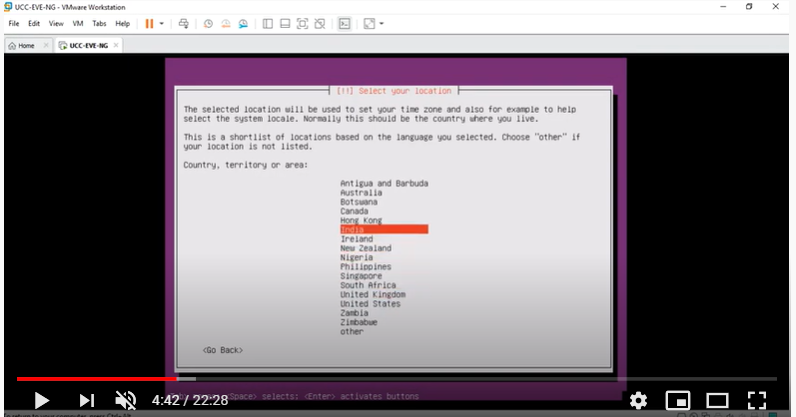

For home and study purposes you can get an ESXi licence for free directly from VMWare. Start by adding a network connection, this will connect the server to my internal network and give the server access to the internet.So I used to run ESXi 6.5 I think and I used a free licence. If your topology already has internet access, you may be able to skip a few of these steps. I linked the image used above but you can use any standard Ubuntu 18.04 image to run FreeRADIUS. One Linux machine will be used for SSH testing and the other is the FreeRADIUS server (Ubuntu 18.04). Two nodes running OSPF and all the networks in area 0. The topology you see above is pretty bare bones. I will include configurations of the Cisco nodes and useful links at the end of the post! Topology For example, I assume you have some knowledge of using EVE-NG, adding Linux nodes, and most importantly AAA. I will have a few assumptions in this writing. I hope to keep this as simple as possible to help the next engineer that has to stand up a simple RADIUS server in their topologies. If you want to learn more about FreeRADIUS, check out the link mentioned below. We will be leveraging FreeRADIUS on a lightweight Ubuntu VM. GNS3, for example, has an appliance that can be added to provide this functionality. Deploying a full on RADIUS VM can definitely eat up a lot of resources. If we are in the process of testing AAA, we will need some form of TACACS or RADIUS server. Where the routing and switching might be the sexy topic, services is arguably not that exciting… but very much necessary. The portion most of us dread as network engineers.

During the course we inevitably get to the services portion.

I was recently going through an advanced routing course on Pluralsight by Nick Russo, great course by the way.


 0 kommentar(er)
0 kommentar(er)
